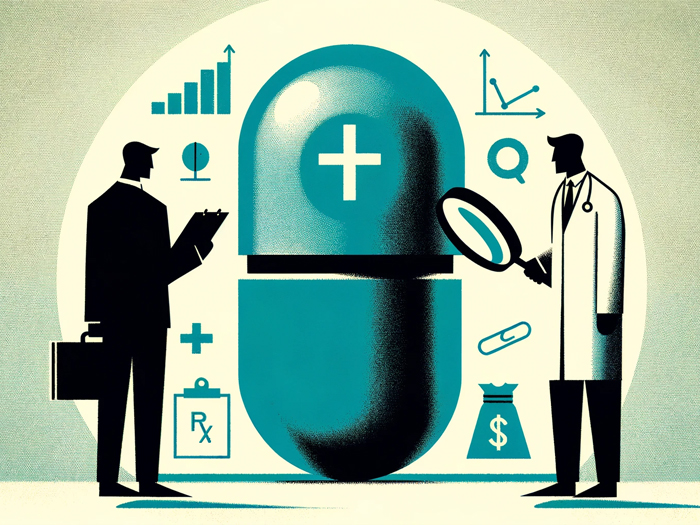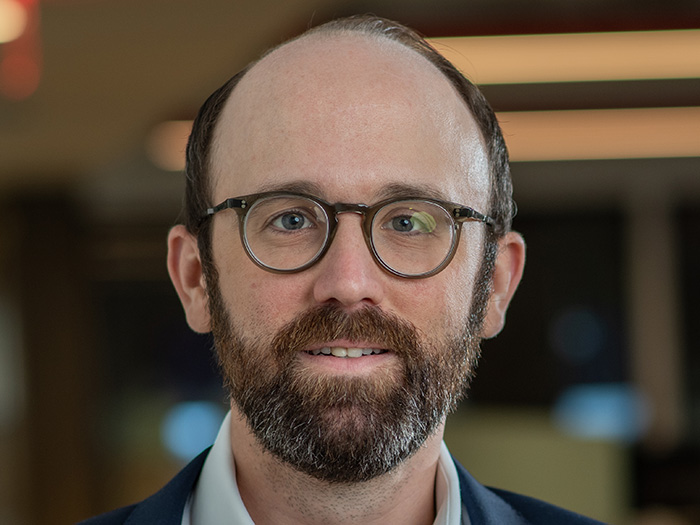Risk Insider: Hala Helm
Unseen Costs of Measles Outbreak
By now, we have all heard about the measles outbreak in California. We have heard both sides of the vaccination “controversy,” even though all of the evidenced-based research findings are uncontroversial.
What you probably haven’t heard much about is the immense time, effort and expense expended by health care providers and the public health department to respond to a known or suspected case of measles.
When a person begins to experience the signs and symptoms of measles, it is likely that they will seek medical care.
If the medical staff is aware that the patient may have measles they can take precautions like masking the patient and physically isolating them from others to prevent the spread of infection.
In reality, however, the health care providers might not suspect a patient is infected until a medical professional has performed a physical examination and taken their history.
A known or suspected measles exposure triggers a cascade of response activities.
Facility staff must identify the infected patient (the index case), interview the patient to determine where he or she has been, who they might have come in contact with, and whether or not they were masked, and at what point.
Any person who has shared air space with an un-masked measles patient is considered at risk of exposure.
The response costs to a potential measles exposure have been calculated at as much as $100,000 per event in lost productivity and remediation expense.
While waiting one to two days — or up to a week — to get results from measles serology and PCR analysis, facility or public health department staff compile a list of any patients who likely shared air space with the index case.
These are primarily patients who had appointments proximal to the time and location of the index case and for one hour afterwards, who may have shared a waiting room area.
Obviously, this is an incomplete list, as it cannot possibly include contact with individuals in public places like elevators, restrooms, etc.
If measles is confirmed, every patient who is at risk of exposure must be contacted. The clinic or public health department may offer prophylactic MMR vaccinations to any exposed patient who can’t produce documentation of immunity, but that is only effective for 72 hours post-exposure.
If an exposed patient can’t produce proof of immunity and can’t obtain a prophylactic vaccination within the 72-hour time window, the public health department may order them quarantined for 21 days.
The response costs to a potential measles exposure have been calculated at as much as $100,000 per event in lost productivity and remediation expense.
It introduces cost and inefficiency into the health care system, a system that many already criticize as being costly and inefficient. Measles is on the rise, from under 200 documented cases in 2013 to nearly 650 in 2014, and 102 documented cases in January 2015 alone.
An exponential increase in measles will tax the system to the point where it will not be able to respond effectively, leaving our most vulnerable at risk.
And unfortunately, those most at risk from an exposure are exactly the types of people most likely to be found in hospital and clinic waiting rooms.
Read all of Hala Helm’s Risk Insider articles.










